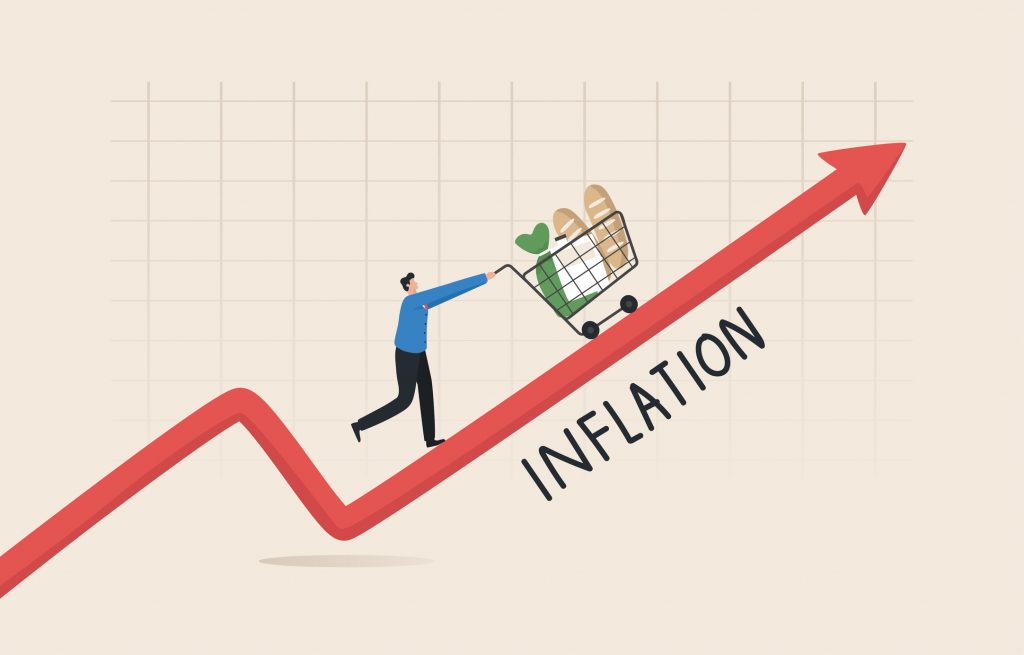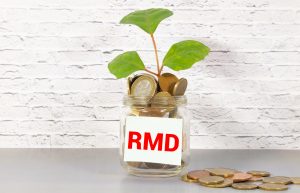Inflation dipped again in September, but it has broadened out across shelter, food, and other retail items even as energy costs have declined recently. The decline is a good start, but we are still at very high levels which we believe will keep the Fed aggressive in its battle to get inflation back closer to its annual inflation target.
Inflation continues to increase in “stickier” areas such as housing, food, travel, and services, indicating bottlenecks and continued challenges with worker shortages. Lower income households are now experiencing double-digit inflation for over 50% of their typical expenditures with housing, food, and energy costs continuing to rise. Consumer demand for certain items has started to decline for discretionary items. The Fed is watching these core areas for a reduction in inflation levels, but we have not peaked yet.
While the pandemic stimulus is now coming out of the system, inflation rates in housing will likely keep the Fed aggressive on rate hikes.
Changing interest rate expectations driving volatility in stocks and bonds
From the Fed’s December to February meetings, expectations went from three to seven possible rate hikes in 2022, and they have since continued to increase through the summer. This has led investors to reprice the stock market based on a much more aggressive Fed than anticipated with respect to the number of rate hikes and for how long we may stay at elevated interest rate levels. Markets are looking for some clarity from the Fed on when it may pause on more rate hikes.
Historically, the Fed Fund Rate has been raised to a level above CPI in order to combat inflation. Either inflation needs to trend down fast, or the Fed may need to continue to hike rates into 2023.
The Leading Economic Index looks at trends in leading economic data points such as employment, manufacturing, and financial conditions. A persistent decline in this index has historically been a potential leading indicator of recessions. We have had seven negative consecutive monthly LEI readings. Historically, this length of a downward trend has generally been a reasonable indicator of an upcoming recession.
- Often, when it comes to the relationship between economic data and the stock market, better or worse matters more than good or bad; or, in other words, trends and direction are more important than levels.
- The table below illustrates that even though the levels of most indicators are strong or fair, the trends are less optimistic.
- This has not led to a recent deterioration in the overall index, and if the trend column turns increasingly unfavorable, levels would inevitably follow the same pattern.

Reduction in job openings will decrease wage pressures
The Fed is finally starting to see some significant movement in cuts to job openings which is what the Fed wants to see. Historically, the U.S. economy has not gone into a recession without labor market weakness.
The Fed is expecting unemployment to rise to 4.4% as it anticipates that its rate hiking cycle will create a slowdown in the economy. However, employment continues to be a bright spot for the economy with the current unemployment rate still at an all-time low at 3.5%.
The Fed’s plan for additional rate hikes plus quantitative tightening in the next several meetings still looks intact. From here (at full employment) job growth should be slowing. If people stay employed, that means consumers are receiving paychecks, have cash to spend, and the U.S. consumer drives about 70% of U.S. GDP. That’s one of the main factors that is supporting the economy as recession risks are rising. The Fed wants to see job openings come down, but without a significant increase in unemployment.
Have questions? Contact Eric Toole, MBA, CFP at Antares Wealth Management powered by Homrich Berg. He can be reached at etoole@antareswealth.com.



